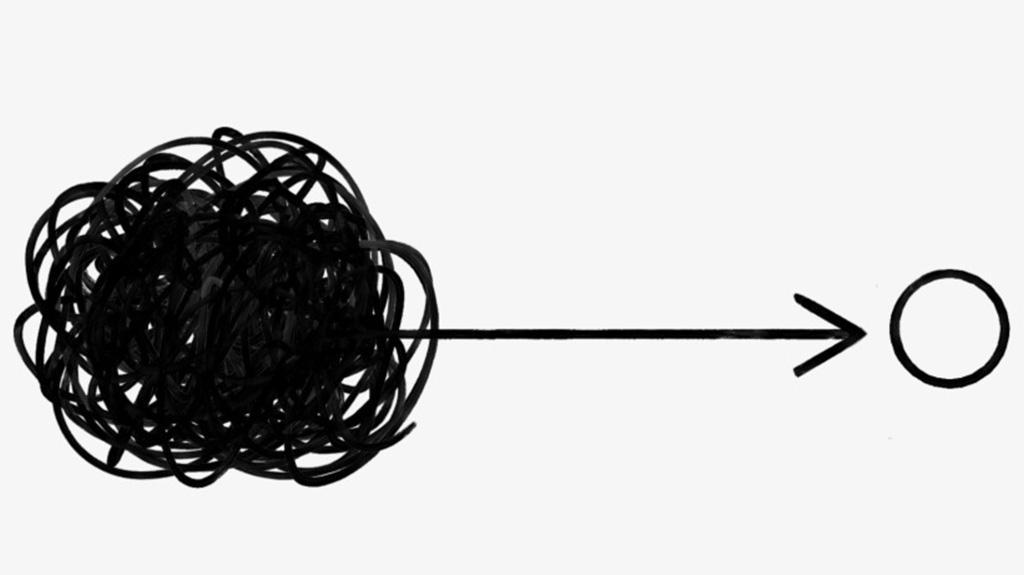Stick and Carrot

Carrot and stick methods have been synonymous with behavioral science. In essence, the reward for good behavior and punishment for bad behavior has been core to the mantra of teaching and training. We use it to inculcate our societal norms and behaviors in our children to ensure that they become contributing members of society, to train our pets to ensure that they adhere to the social do’s and don’ts and to teach our peers to ensure that they can embody preferable practices and competence.
Creating the right carrot and stick to motivate changes in behavior is often the biggest challenge for any organization. Carrots and sticks in organizations are usually formulated via KPIs (Key Performance Indicators) upon which their staff would be appraised. Perform well and the rewards will be great, make a mistake and the punishment will be proportional to the deviance. Insofar as clearly defining what is good and what is bad and the metrics upon which those should be measured, it is the go-to method for any management team in managing their staff.
Likewise, in the discipline of BPX (Business Process Excellence), its practice also requires acculturation within the organization, not just at its inception but also during its embedment within the organization’s culture to ensure continuous improvement and innovation.
Just as in any atypical culture that management would like to embed, the very first step would be to set a goal. In the context of BPX, goals set by top management should then be aligned with the objectives of BPX, vis-à-vis continuous improvements, and innovations that ultimately result in increased productivity, improved cost-effectiveness, better governance, wider market share, etc. For example, if top management’s goal is to increase productivity, then an objective of BPX may potentially be to analyze PCE (process cycle efficiency) to reduce the amount of time spent end to end to generate an output, thereby reducing the throughput time and advertently resulting in greater output over the same period.
Once such a goal has been set, it would be important to spell out the potential carrots (i.e., rewards) associated with the achievement of such a goal. More importantly, would be to ensure that the carrots are attuned to the performance that we are trying to motivate. Monetary rewards, in the form of salary increments, bonuses, profit sharing, commissions, etc. are usually the common motivators. However, we as management should also look at other aspects of carrots that are more aligned with the individual’s needs such as his career growth in the form of a promotion, his individual upskilling in the form of sponsored professional certifications, or perhaps even company-sponsored childcare or family vacations are all other potential forms of carrots that could be used to motivate an individual to strive towards a better adoption of a new culture.
Once the goals and rewards have been defined, it would be important to define the metrics upon which the attainment of such goals is being achieved. Such metrics should be uniformly employed across all employees of the company to maintain a fair and just reward system. The parameters upon which the metrics are measured should also be tangible where little is left to personal judgment and bias. Outputs, time, cost factors, customer base, even achieving required certifications, etc. are all tangible factors that we can use as parameters to attribute each individual’s performance. In determining the most suitable parameters, it may be better to follow the mantra where the “Ends justify the means”.
Lastly, with this well-defined reward system for adopting BPX, it would be important for us to not forget to embed potential sticks (i.e., penalties) for not achieving a bare minimum requirement of BPX. Such penalties could stretch from having a cap embedded on all bonuses until the employee performs up to standard to even having shown cause letters produced by the employees explaining why they were not able to achieve the set expectations on the BPX culture. In the instance of organizations that flourish based on innovations and continuous improvements, penalties incurred could even cost an employee his career.
That being said, at the onset of any cultural changes as in the case of BPX, I would highly recommend a carrot over stick approach. Providing more incentives to adopt a new culture and a new way of working would usually ease the transition until the culture is more widely adopted and embedded should sticks be used. Cultural change takes time, encouragement, and most of all constant support and nurturing.
Podcast
Other Info-Hub

Driving Enterprise Architecture (EA) With BPM - Part II
27 June 2022
Driving Enterprise Architecture (EA) With BPM - Part I
3 June 2022
How To Achieve BPM
19 May 2022
Why Practise Business Process Management (BPM)
20 April 2022
Stick and Carrot
31 March 2022
Size Doesn’t Matter – BPX Does
24 March 2022
Business Process Excellence (BPX) - The New Driver To Work-Life Balance
27 Feb 2022


